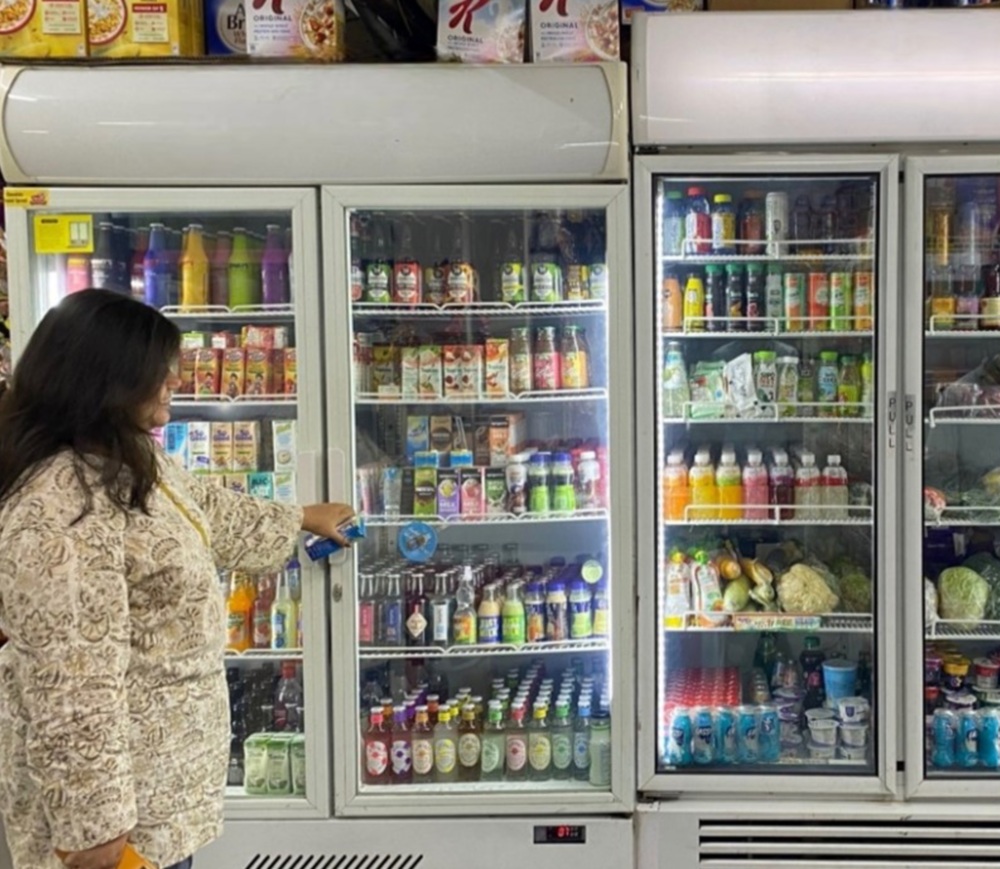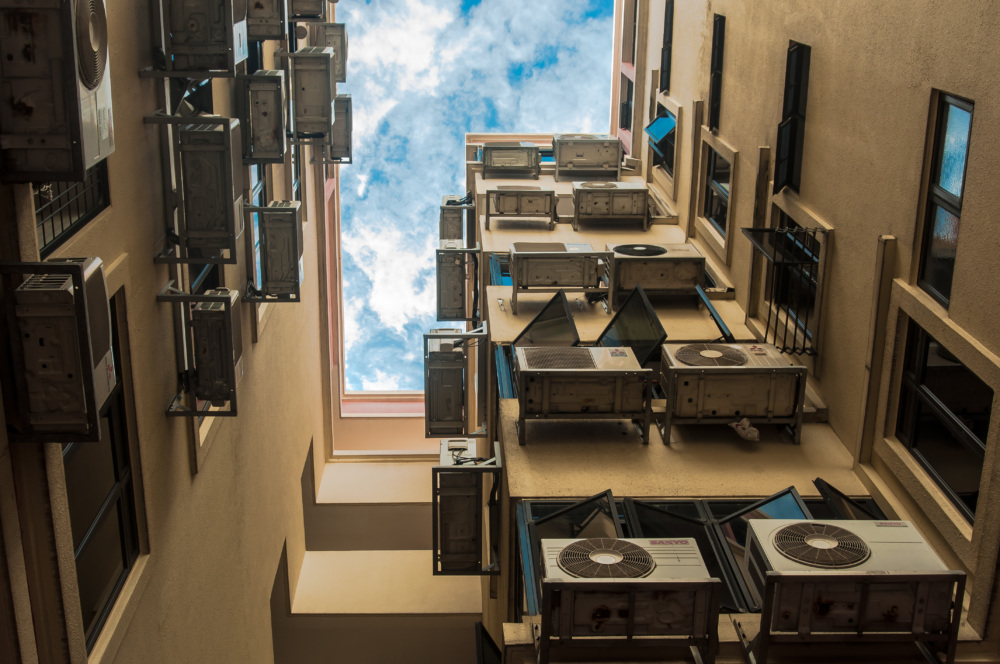Market Assessment Report for Light Commercial Air Conditioners in India
Summary
This report examines the vast potential for GHG emissions reduction and energy consumption in India from Light Commercial Air Conditioners (LCACs) through the mandatory efficiency labeling program. It delves into the technical assistance provided by CLASP and PwC to the Bureau of Energy Efficiency to upgrade the labeling program for LCACs to a mandatory phase.
Rapid urbanization and rising incomes in India will drive exponential growth in energy service demands for residential and commercial buildings. As per the India Cooling Action Plan (ICAP) the aggregated nationwide cooling requirement, in TR (Tons of Refrigeration), is projected to grow around 8 times by 2037-38 as compared to the 2017-18 baseline. The building sector’s cooling demand will grow by nearly 11 times compared to the current baseline, while cold chain and refrigeration will increase by around 4 times, compared to 2017-18 levels.
Recognizing the anticipated growth of commercial space cooling, the Bureau of Energy Efficiency (BEE), a statutory body under the Ministry of Power, developed the efficiency policy for LCACs and announced the voluntary labeling program in March 2020.
As of 2022, BEE has transitioned the labeling program for LCACs to a mandatory phase, which meets ICAP recommendations on promoting energy efficiency in the commercial air conditioning sector. This offers significant potential for GHG emissions reduction and energy consumption. CLASP, with support from PwC India, has provided technical assistance to BEE for this policy revision. The team reached out to major industry players to estimate the current market size of LCACs in India, energy performance of the appliances available in the country and the extent of voluntary label penetration.
A structured questionnaire and in-depth interviews provided the following insights:
- Current market size for LCACs for FY 2020-21 is approximately one lakh units based on estimates by different manufacturers.
- The segment is largely dominated by ceiling-mounted cassette type Acs, constituting around 87% (in terms of volume) of the market share.
- Primary data received from nine leading manufacturers suggests the availability of 73 models.
- Out of 73 models’ data shared by manufacturers, 16 models (from four manufacturers) are registered in the voluntary phase (<25% penetration) [1].
- Six manufacturers’ (in-house) and one independent third party test lab have NABL accreditation as per IS 1391:part-2: 2018.
BEE proposes to make the LCAC labeling program mandatory from January 1, 2023, using the same star rating thresholds as in the voluntary phase. The program will be valid for 2 years from July 1, 2023, to June 30, 2025.
A cumulative savings of ~3.1 TWh and ~2.45 MtCO2 is envisaged (by FY2030) from the mandatory labeling program for LCACs.
[1] As on 24th March 2022









